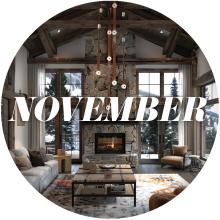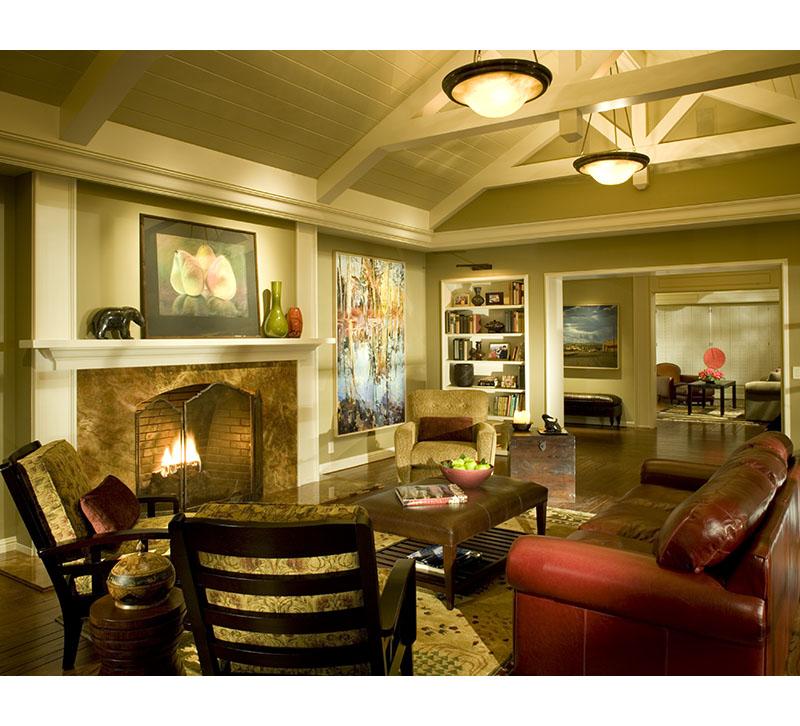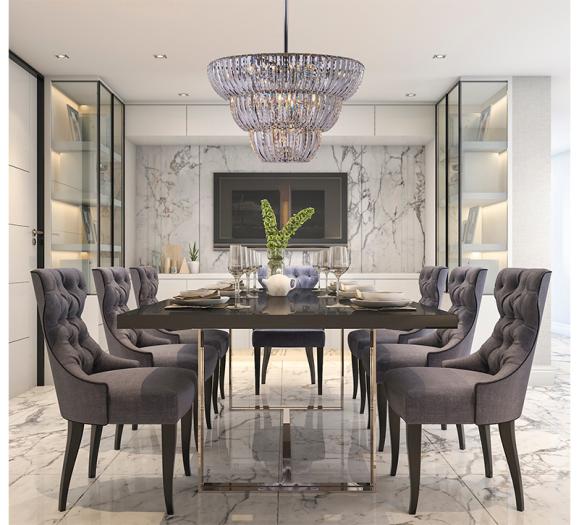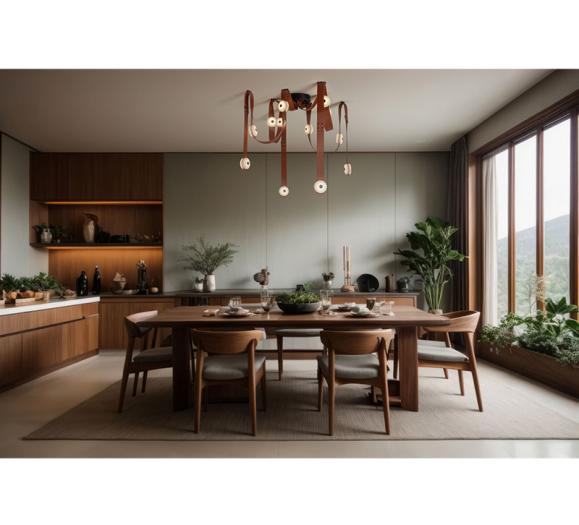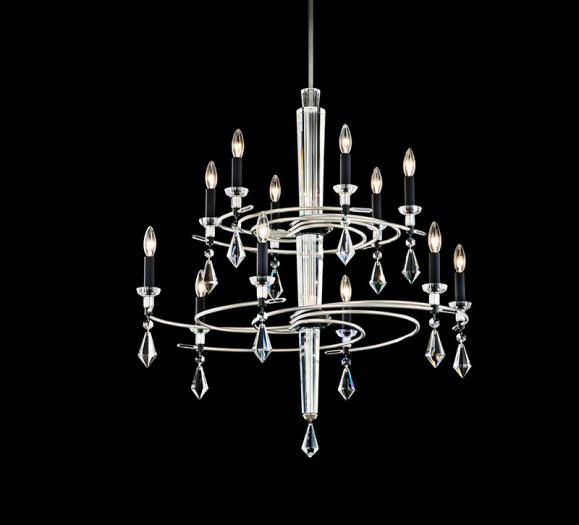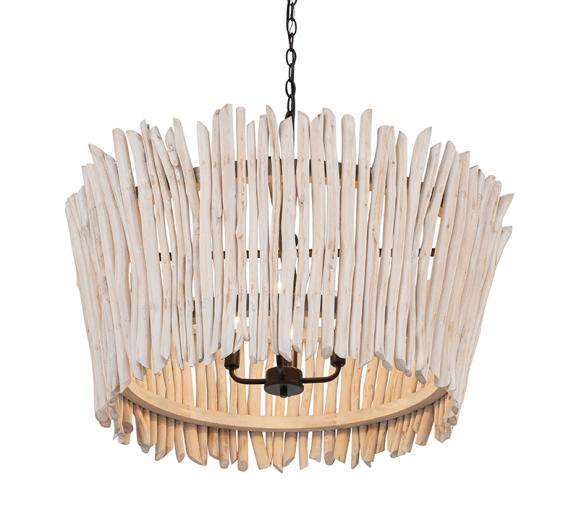The ultra-trendy design magazines offer up very modern architecture and stark, eye-catching interiors. But futuristic design is not for everyone, especially for people considering a remodel of their existing home. How can the owner of a more traditionally styled house get a fresh look using today’s lighting and interior design techniques? Can progressive lighting design be applied to non-cutting-edge spaces to enhance the sense of warmth and comfort that these cozy interiors inspire? The answer is yes, absolutely. The trick to this kind of remodeling is to keep the upgrades subtle so that wall colors, floor finishes and well-integrated lighting can enhance the existing architecture.
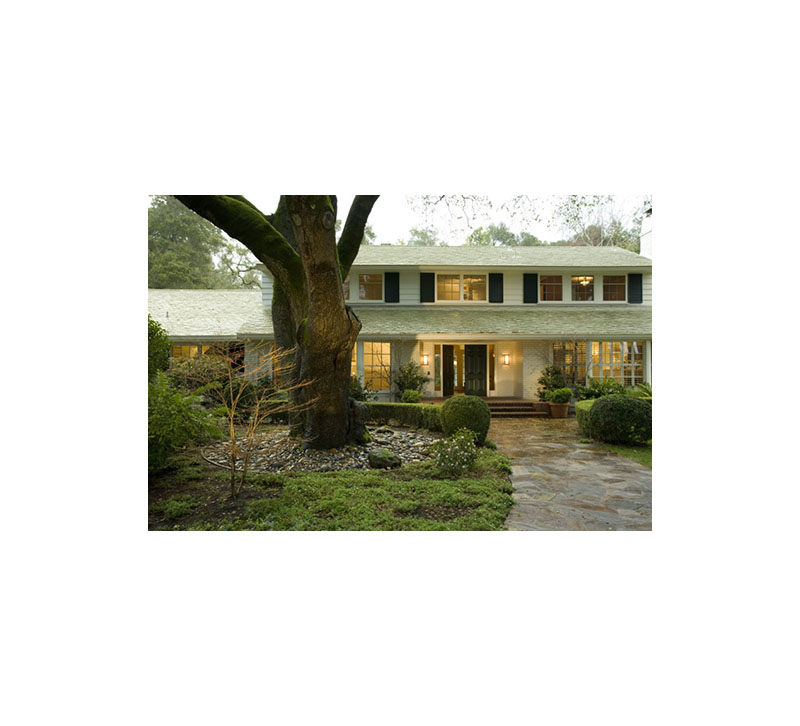
I might say that subtle integration is the modeling theme of this home, both for the interior design as well as the lighting. In this project, the use of richer colors and finishes is refreshingly different than what is typically used in homes of this period. While at the same time, when art is introduced into a room, the scheme for the furniture and walls should be stylishly neutral so they won’t detract from the focus on the art and accessories. Lighting-wise, my job was to make sure that the owners and their guests felt welcomed into the rooms and not overpowered by the other elements.
I like to think of the decorative fixtures as the architectural jewelry for a home. This allows the chandeliers and table lamps to give the illusion of providing a room’s illumination, letting the more architecturally integrated lighting do the real work. This approach applies outside as well. Hiding a layer of accent lights within the landscaping allows the decorative lanterns to provide the impression of providing the main light without visually overpowering the plantings.
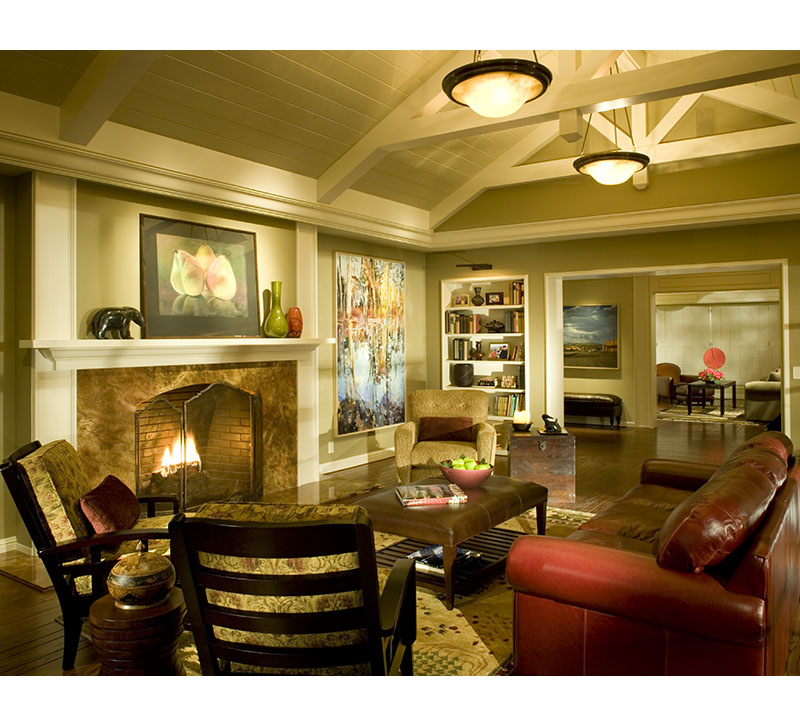
What pulls a whole design together at night is the inclusive use of interior and exterior lighting as a part of the overall plan. There are three elements within each space that need lighting: art, architecture and people. Think about lighting the people first; you must humanize the light. A layer of ambient light (uplighting) lessens the shadows on people’s faces as well as softening the otherwise hard edges of the architecture. The addition of accent light moves your eye around the room, adding depth and dimension to the interior and exterior spaces.
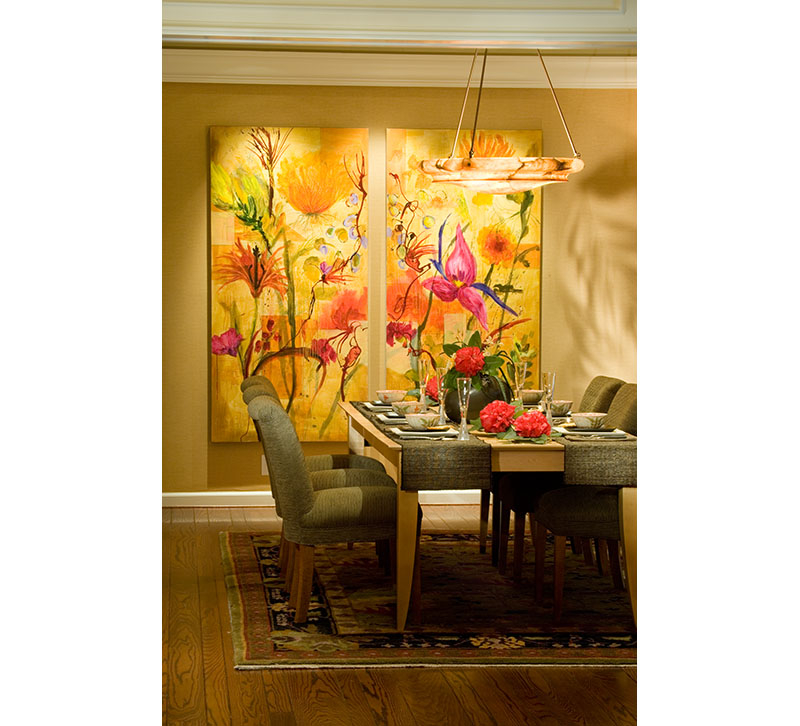
I might call this look Future Traditional or Modern Transitional. The look of the 1950s architecture of this home is now softened with warm wood molding, saturated colors and the contrasting finishes of the present decade. The lighting was designed for versatility in all areas, without overpowering the lines of the structure. The result is dramatic, inviting and warm, while still very far from a retro traditional look. For example, the flat ceiling of the master bedroom was replaced with a deep coffered detail that gave greater height to the room along with a restful glow of illumination from both the indirect lighting and the decorative pendants.
The well-integrated layering of decorative, task and accent lighting within each space creates a unified and very inviting design. An additional inviting layer of ambient light created just the right balance. In the living room, indirect lighting is mounted on top of the beams to help bring the gabled ceiling details to life.
This project made extensive use of adjustable low-voltage LED lighting to accentuate the artwork throughout, while sconces and hidden linear indirect LED sources were implemented for general illumination. Under-cabinet lighting was used for task lighting in many areas such as the kitchen and the media room. The window coverings were minimized to allow a generous amount of natural light into all areas, while also allowing the subtle exterior landscape lighting to draw guests outside at night. A smart home dimming system was installed in the house so that with one touch the mood can change from a work mode to a party-like atmosphere.
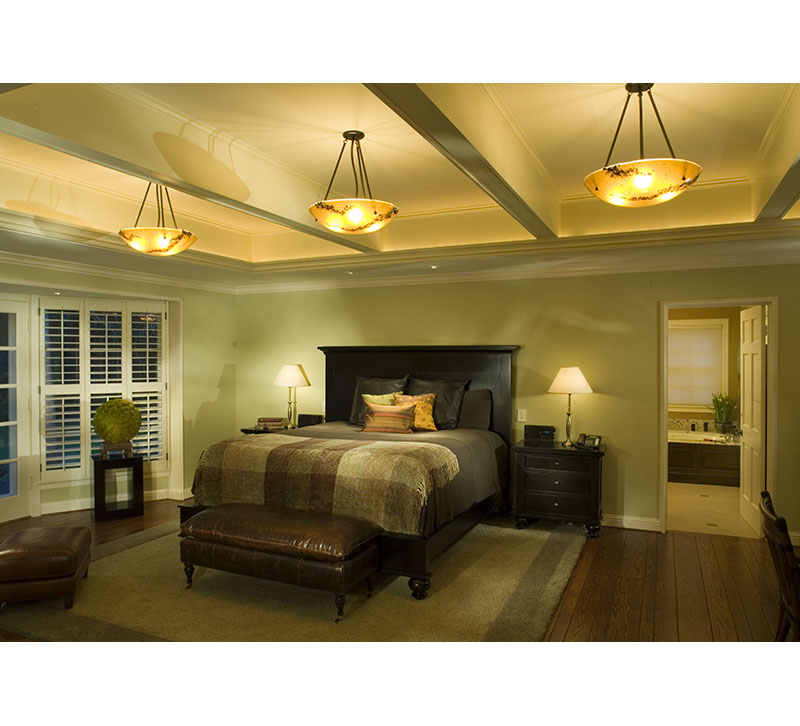
For me, well-done lighting design must take all the practical and aesthetic needs of the home into account. New technological advances in luminaires (light fixtures), lamp sources (bulbs) and control systems can make lighting versatile enough to assist in the illumination of everything. In other words, lighting can make or break the overall feeling desired in the home at night.
Still, the role of the interior designer is primary. Without an experienced and inventive interior designer, there is little worth lighting. The result of this collaboration is a home, using unexpected elements, that creates a new kind of understated appeal.
Photography: Dennis Anderson. Lighting Design: Randall Whitehead; Interior Design: Satterberg Desonier Dumo Interior Design

